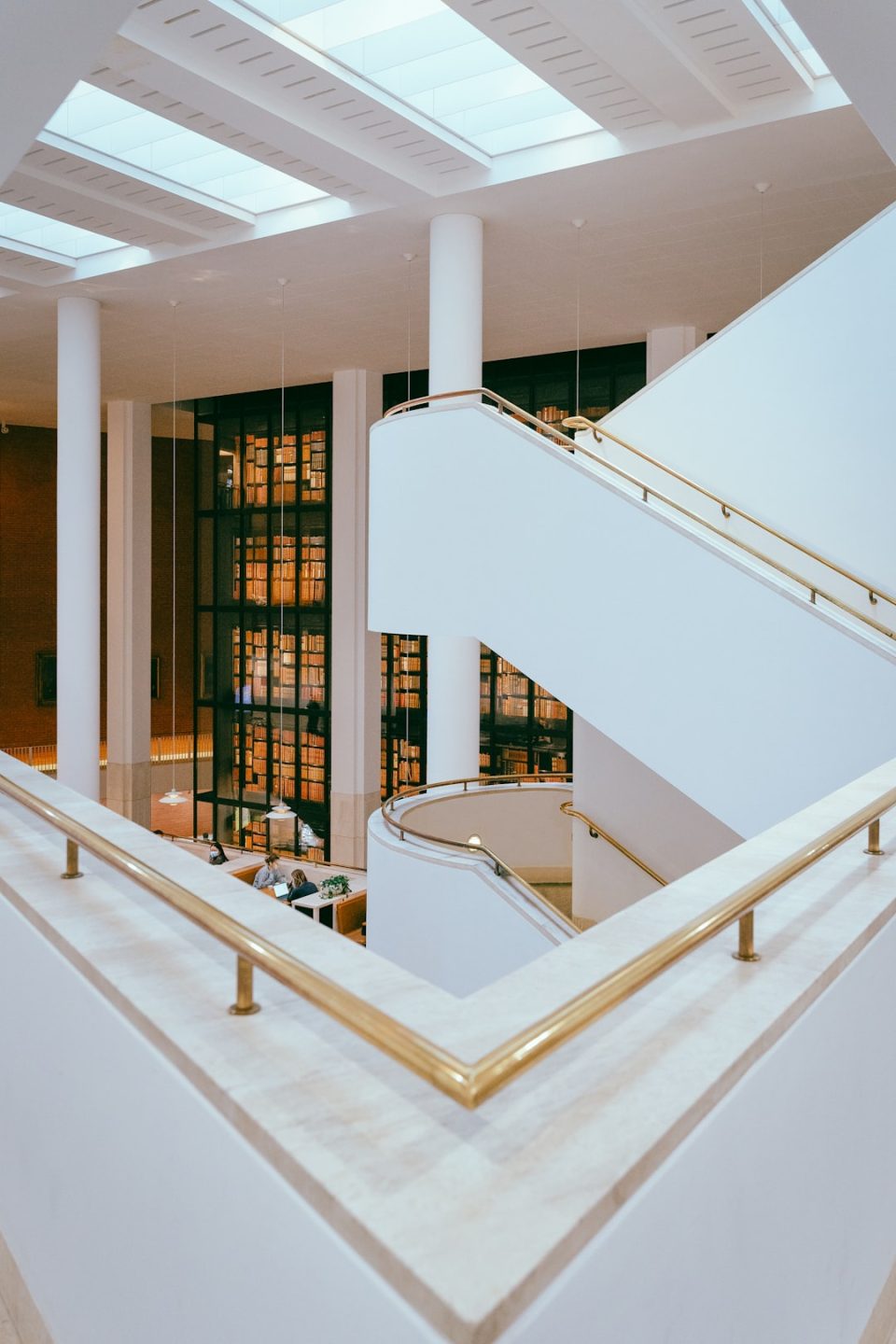Art movements are periods of time in which artists and intellectuals were focused on a shared style or set of techniques, resulting in a distinct artistic trend. These movements have helped to shape the course of art history, influencing artists and their creative practices for generations. From the Renaissance to the modern day, art movements have played a crucial role in the development of art as we know it.
One of the most famous art movements is the Renaissance, which took place in Europe during the 14th to 17th centuries. This period saw a revival of classical art and culture, with artists such as Leonardo da Vinci, Michelangelo, and Raphael creating some of the greatest works of art in history. The Renaissance was characterized by a focus on realism, humanism, and a deep appreciation for the natural world. This movement laid the foundation for many of the artistic techniques and principles that are still in use today.
Another influential art movement is Baroque, which emerged in the 17th century as a response to the Renaissance. Baroque art is characterized by its use of dramatic lighting, dynamic compositions, and emotional intensity. Artists such as Caravaggio and Peter Paul Rubens were prominent figures in the Baroque movement, creating powerful and emotive works that still resonate with viewers today. Baroque art reflects the turbulent political and social climate of the time, with themes of power, death, and religious devotion being common in the works of this period.
The Romantic movement, which flourished in the late 18th and early 19th centuries, was a reaction against the rationalism and order of the Enlightenment. Romanticism placed a strong emphasis on emotion, nature, and the individual, with artists such as William Blake, Caspar David Friedrich, and Eugène Delacroix creating works that celebrated the sublime and the mysterious. Romantic art often depicted dramatic landscapes, heroic figures, and fantastical scenes, reflecting the artists’ interest in the exotic and the supernatural.
Moving into the 20th century, we encounter several important art movements that continue to influence contemporary art practices. One of the most well-known movements of this period is Impressionism, which emerged in France in the 1870s. Impressionist artists such as Claude Monet, Edgar Degas, and Pierre-Auguste Renoir sought to capture the fleeting effects of light and color in their works, creating paintings that are characterized by their loose brushwork and emphasis on atmosphere. Impressionism was a radical departure from the academic traditions of the time, paving the way for the development of modern art.
In the early 20th century, artists began to experiment with new forms and ideas, leading to the emergence of movements such as Cubism, Futurism, and Surrealism. Cubism, pioneered by artists Pablo Picasso and Georges Braque, sought to depict objects from multiple viewpoints, breaking them down into geometric shapes and fragmented forms. Futurism, founded by Italian artist Filippo Tommaso Marinetti, embraced technology, speed, and the dynamism of modern life in its works. Surrealism, led by artists such as Salvador Dalí and René Magritte, explored the unconscious mind, dreams, and the irrational in art.
As we move through the 20th century, we encounter even more diverse and influential art movements, such as Abstract Expressionism, Pop Art, and Minimalism. Abstract Expressionism, which emerged in the 1940s and 50s, is characterized by its use of large, gestural brushstrokes and a focus on emotion and spontaneity. Artists such as Jackson Pollock and Willem de Kooning were key figures in this movement, creating works that pushed the boundaries of what art could be. Pop Art, which emerged in the 1950s and 60s, celebrated popular culture and consumerism, with artists like Andy Warhol and Roy Lichtenstein incorporating imagery from advertising and mass media into their works. Minimalism, which emerged in the 1960s, sought to simplify and reduce art to its essential elements, with artists such as Donald Judd and Dan Flavin creating geometric, industrial-looking sculptures and installations.
In the contemporary art world, we continue to see a wide range of art movements and styles, reflecting the diversity and complexity of our modern world. From street art to digital art, from performance art to installation art, artists are constantly pushing the boundaries of what art can be and how it can be experienced. Understanding different art movements allows us to appreciate the rich history of art and the ways in which artists have responded to the world around them.
In conclusion, art movements have played a crucial role in the development of art over the centuries, shaping the course of art history and influencing artists and viewers alike. From the Renaissance to the present day, art movements have reflected the social, political, and cultural developments of their time, providing us with a window into the past and a lens through which to view the present. By studying and understanding different art movements, we can gain a deeper appreciation for the diversity and complexity of art, and the ways in which artists have engaged with the world around them.

